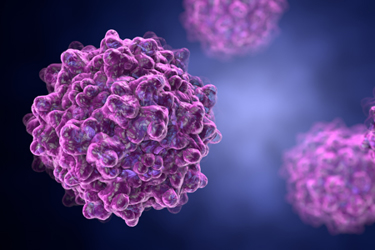Key Analytical Considerations For Developing A Clinical AAV Program
By Will Fountain, Head of Analytical Development, Andelyn Biosciences

Adeno-associated virus (AAV) has emerged as a powerful tool for gene therapy, offering the potential to treat a wide range of diseases. However, developing AAV therapies comes with its own set of hurdles. Manufacturing these therapies and ensuring their safety and efficacy requires overcoming challenges in both the production process and the analytical testing involved. To navigate these complexities, partnering with a contract development and manufacturing organization (CDMO) that specializes in AAV development is often crucial. Such a partnership can help ensure consistent and large-scale production that meets the strict quality and safety standards required for regulatory approval.
The key to success in AAV development lies in establishing a flexible analytical approach that can adapt to the different stages of development. Unlike traditional pharmaceuticals, AAV therapies necessitate extensive characterization throughout preclinical and clinical testing. This means the level of analysis required will vary depending on the specific stage of development. A successful analytical strategy will focus on several key considerations, including determining the appropriate dosage, evaluating purity, sequencing a product, and measuring the ratio of empty-to-full capsids, among other valuable insights.
Get unlimited access to:
Enter your credentials below to log in. Not yet a member of Cell & Gene? Subscribe today.
